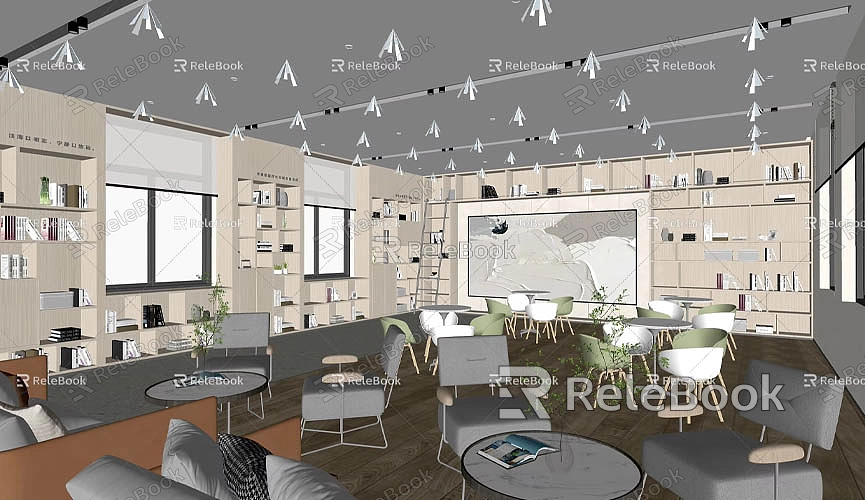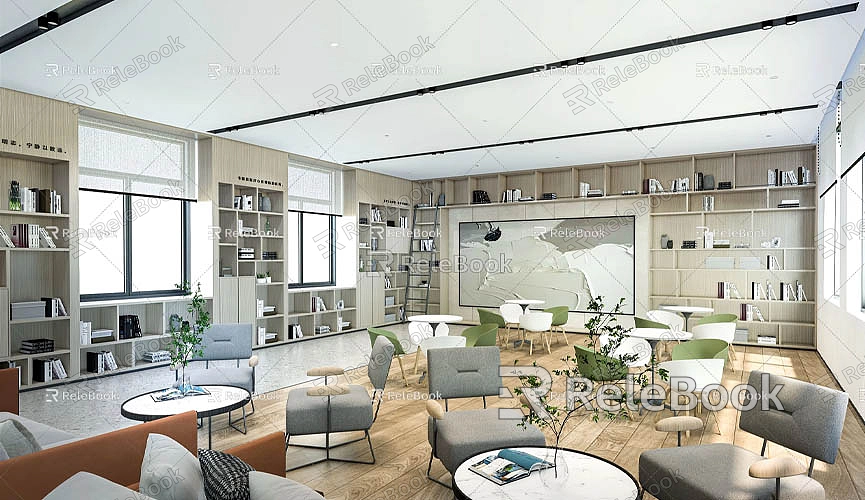How to Flatten a Model in SketchUp
In the field of 3D modeling, SketchUp has gained popularity among designers for its user-friendly interface and intuitive operations. Whether you're an architect, interior designer, or product designer, flattening a model is a common task that often needs to be performed. The flattening process not only concerns the visual presentation of the model but also involves effectively communicating design intent and information. Therefore, understanding how to flatten a model in SketchUp can enhance both efficiency and design quality.
Understanding the Necessity of Flattening
In practical work, flattening is typically done to convert a 3D design into 2D drawings or images. This process is especially important in architectural design, as architects need to create floor plans, elevations, and sections to facilitate communication with clients and construction teams. The benefits of flattening lie not only in simplifying information transfer but also in providing a foundation for subsequent tasks like 3D printing and drawing preparation.

Using Basic Features in SketchUp
There are several methods to achieve flattening in SketchUp. First, you can utilize the “Export 2D Graphic” feature. This feature allows users to convert the current view into a 2D format, such as PNG or JPEG. By selecting the appropriate viewpoint, designers can accurately capture the desired details and proportions. Once exported, you can use graphic editing software to further refine the image to meet project requirements.
Simultaneously, SketchUp allows users to use view options to flatten models. By selecting the “Top View” option, designers can quickly view the overall layout of the model. This method is particularly effective for projects that require analyzing space utilization from a bird's-eye perspective. Through this approach, users can easily identify various parts of the model and make necessary adjustments and modifications.
Advanced Flattening Techniques: Sectioning and Layering
For complex models, simple exporting may not suffice. In such cases, creating a section plane is an efficient flattening method. A section plane helps designers observe the internal structure of the model for more in-depth analysis. After creating a section plane, designers can choose specific parts to view and edit. This method visually showcases the model's hierarchy and spatial relationships, helping clients better understand the design concept.
Additionally, utilizing layer management functions allows users to selectively show or hide different parts of the model. This is crucial for flattening processes that need to highlight certain details. By effectively using layers, designers can ensure that the flattened model conveys information clearly and concisely, avoiding unnecessary visual distractions.
The Practicality of Exporting to CAD Formats
When the model needs to be used in other design software, exporting it to a CAD format becomes particularly important. Through the “Export” function, users can choose to save the model as DWG or DXF formats. These formats are highly compatible, allowing for seamless integration with most design software, making collaboration across different platforms smoother. During the export process, users can select the layers and elements to export, ensuring the completeness of the necessary information. This method not only achieves flattening but also lays a solid foundation for subsequent design work.
Details Make the Difference: Ensuring Quality
When performing flattening operations, several details require special attention. Ensure that the model has been properly grouped or componentized, making modifications and adjustments during flattening much easier. After flattening is complete, carefully review the generated drawings or images to confirm that all details align with the design intent. Regularly saving your work progress is crucial to avoid losing data unexpectedly, which could impact subsequent tasks.

For architects, accurate dimensions and proportions are critical. Before flattening, confirm that all dimensions are marked and comply with design standards. Additionally, whenever possible, use realistic materials and textures to ensure that the flattened model accurately reflects the intended design.
Combining High-Quality 3D Resources
When flattening a model, effectively utilizing high-quality 3D textures and materials can significantly enhance the overall effect. To make the model look more professional and appealing, designers can incorporate high-quality resources when creating models and virtual scenes. If you need numerous high-quality 3D textures and HDRIs while creating your models and virtual scenes, you can download them for free from [https://textures.relebook.com/](https://textures.relebook.com/). For exquisite 3D models, you can download them from [https://3dmodels.relebook.com/](https://3dmodels.relebook.com/). Relebook offers a large selection of premium 3D resources. This approach not only enhances the visual effect of the model but also ensures that information is conveyed more accurately during the flattening process.
Practicing and Accumulating Experience
The skills needed for flattening models require continuous improvement through practice. Utilizing the various tools in SketchUp and experimenting can help you find the workflow that best suits your needs. In your daily work, encourage yourself to explore different methods, which can not only improve efficiency but also spark creativity.
Additionally, participating in SketchUp training courses or online learning can help you master flattening-related skills more quickly. Learning from the success stories of other designers can enable you to better apply these techniques to your own projects.
Flattening a model in SketchUp is an important aspect of the design process. By mastering various flattening methods, designers can complete projects more efficiently. From basic exporting functions to advanced sectioning techniques, using these tools can help you better showcase design intent. Throughout this process, combining high-quality 3D resources can not only enhance the professionalism of your work but also make the design more appealing. We hope the tips and suggestions provided in this article will help you navigate SketchUp with ease and create satisfying design works.

